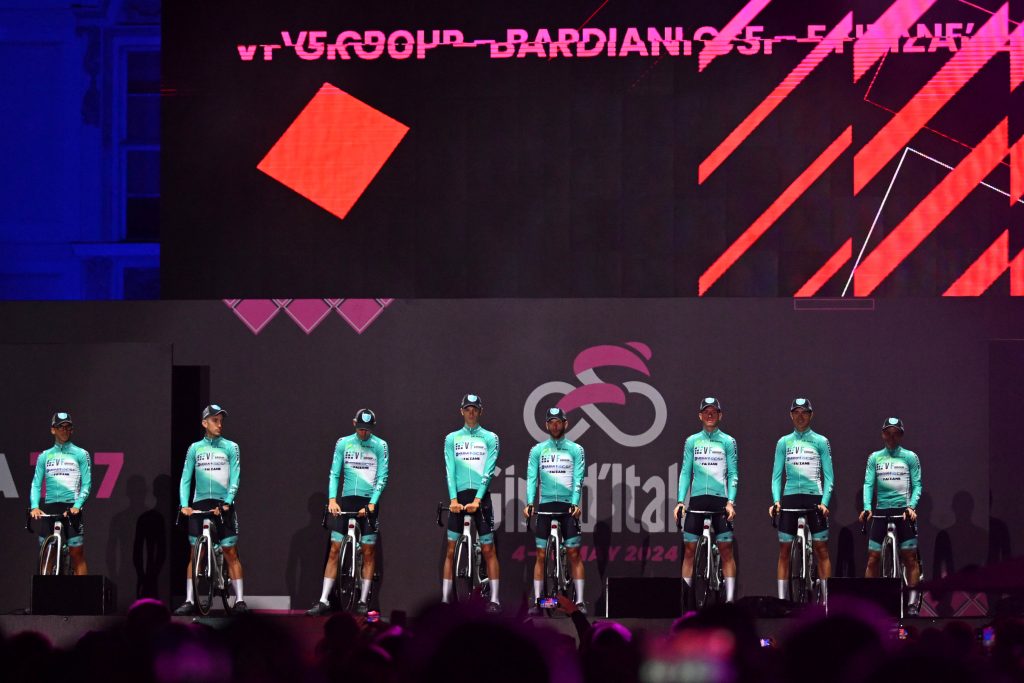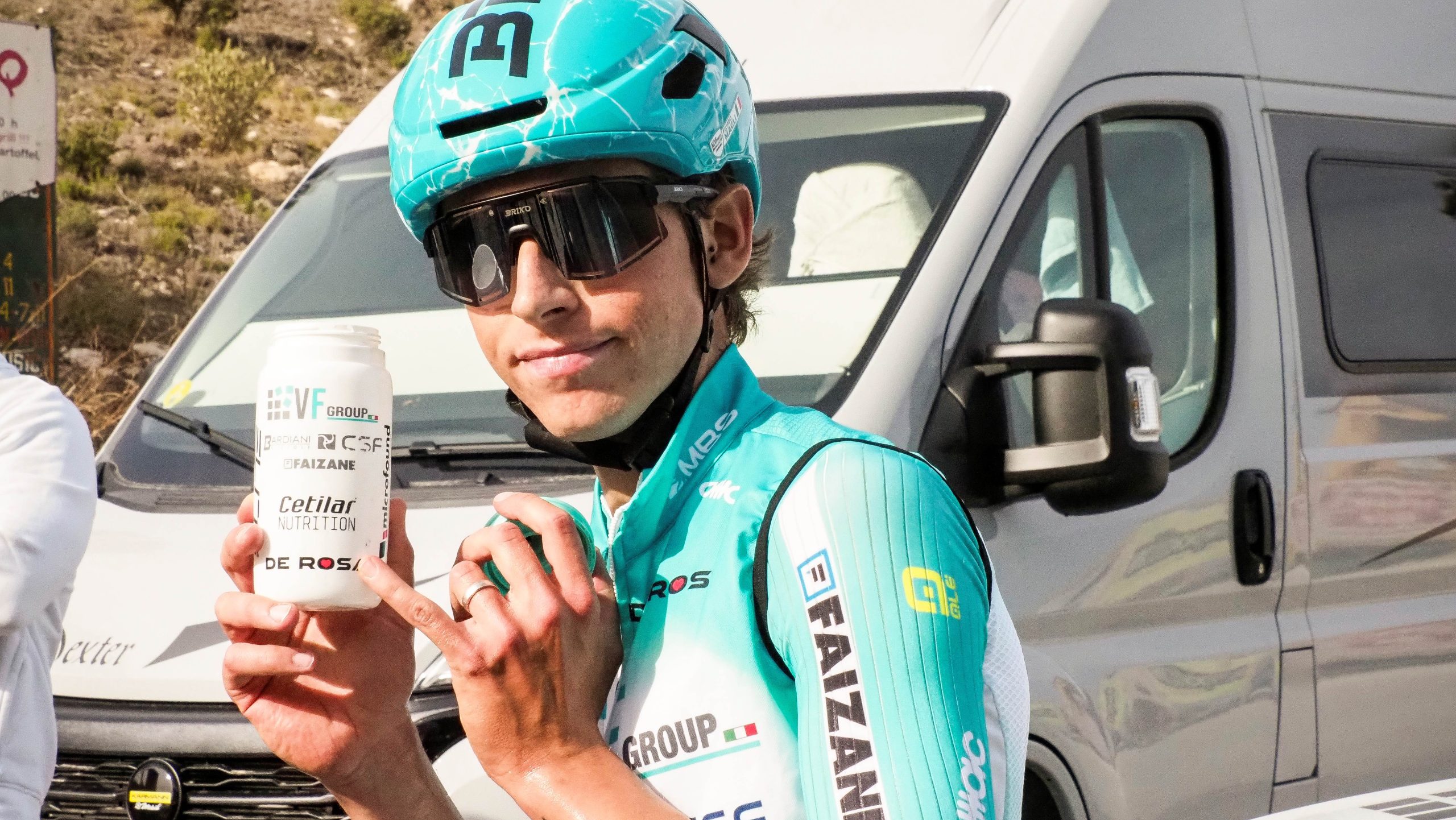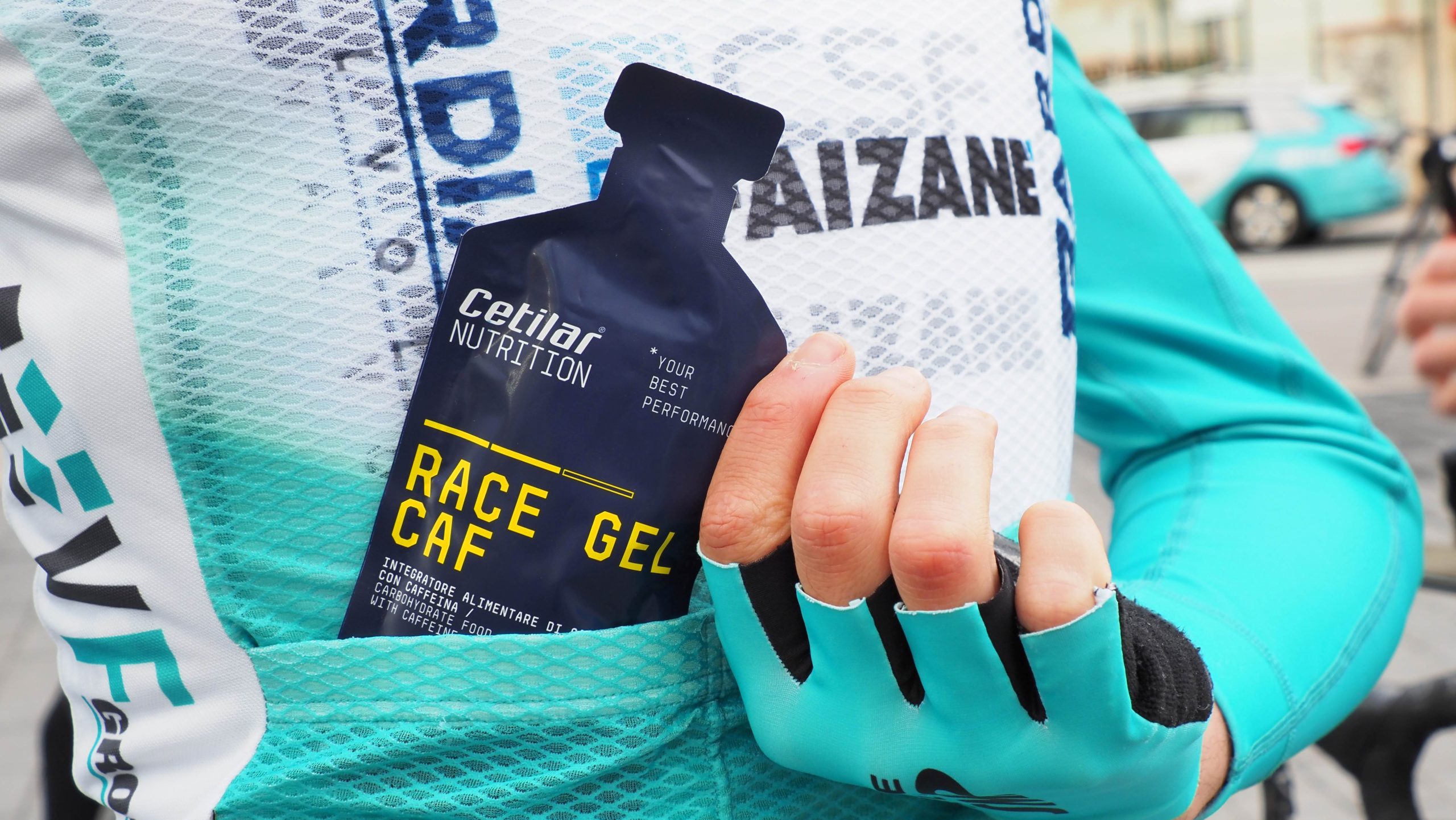Bardiani Bike, balancing on the pedals

A cyclist’s balance is not just the effect of the perfect geometry of a body moving on the pedals. It requires confidence in one’s abilities, muscles moulded to withstand fatigue and an endless dialogue with oneself about tackling the loneliness of the climb.
The first documented cycle race dates back to 1868 and was held near Paris, along a flat 1200 metre stretch. There were no hills to climb, but competitors were already seeking the adrenalin rush of crossing the finish line first, celebrating with their arms in the air. Almost 160 years have passed since then and both athletes and competitive races have come a long way. Literally.
From that first 1200-metre race, cycling quickly became one of the most loved, popular and closely followed sports in Italy, so much so that the first edition of the Giro d’Italia took place on 13 May 1909: 8 stages and 2447 kilometres, all to be covered on two pedals.
We had to wait until 1982 to see the birth of the team that would later become the longest-lived professional one still active in the world: named the Termolan – Galli team, it is now known as VF Group Bardiani-CSF Faizanè, although it continues to be led by Bruno Reverberi.
“Many people tend to think that cycling is an individual sport, but in its racing dynamics it is actually a true team sport. It is essential to create a sense of teamwork. The captains and more “senior” riders in the team play a key role and help facilitate the work of the sports director, as well as helping the younger members by educating them in the technical and tactical aspects. A practical example of this teamwork might be the assistance provided by the domestiques to the captain on climbs, or the “train” created to assist the sprinter on the final straight. Without the help of your teammates, it is difficult to achieve results”.
Cetilar® has chosen to support the VF Group Bardiani-CSF Faizanè team by providing products from the Cetilar® Nutrition range because team spirit, respect, perseverance and hard work are universal values that reward commitment in sport as in everyday life. In order to achieve common goals and, above all, increasingly ambitious targets, it is important for all team members to build cohesion and trust, sharing values and an overall vision.

As in any other sport, the physical preparation of a competitive cyclist aims to achieve increasingly ambitious goals, consistently building solid aerobic endurance capacity, along with stability and muscle tone. Being a competitive athlete means sticking to a training plan, thanks above all to the expertise of the athletic trainer, aimed at achieving long-lasting results. And as much as training programmes may intensify as you approach the start of the sporting season, it is by respecting your body and the time it takes to both grow and recover energy that you arrive ready to face even the most demanding challenges.
“Despite being a simple sport where the objective is to get from A to B in the shortest possible time, cycling involves more complex physical preparation. The fundamental pillar is endurance, which can also be understood as resistance to fatigue. The mix of factors, work and recovery stimuli, together with the individual characteristics of each person is what makes physical preparation something very close to an art, as there is no magic table or plan that works for everyone”.

Both in the saddle and in the gym, the goal is to train while keeping motivation high, working consistently to ensure that there are fewer and fewer limits to one’s performance.
“Performance in cycling, as in any other sport, is the athlete’s ability to ensure maximum performance in a given competition, but each race is never an end in itself. In every race we can distinguish between primary goals, where the maximum is expected, and secondary goals, where what is expected is not the best performance but a stimulus that helps to improve future performance”.
It is hard to find a single definition of performance that applies to everyone and to any sport. It is a journey that takes shape thanks to tenacity and dedication, accepting oneself and one’s limits, without allowing them to become an obstacle to constant improvement.
There can be no performance without adequate mental preparation. There are various physical and emotional aspects to an athlete’s training, each of which is important for approaching competitive sport and, above all, for opening oneself up to the possibility of developing one’s talent on two wheels. In cycling, one often hears talk of mental resilience, i.e. the ability of the mind to face the toughest and most critical moments with a proactive attitude. Without this ability, which is fundamental for managing the impact of cycling on an athlete’s daily life, it would indeed be impossible to conquer the Pordoi, the symbolic climb of the Giro d’Italia.
“In recent years, the psychological element has become vitally important, as we know that it has a direct impact on performance, and that it can provide that extra edge needed to improve. The sports psychologist has the task of providing the athlete with the greatest number of tools to deal with problems from a psychological point of view. These include anxiety issues due both to competition and nutrition, and other types of concerns associated with the professional athlete’s activity, such as routine, travel, reconciling family life, injuries.”
A continuous climb, in training, in competition and in everyday life, where nutrition is also an aspect that requires the utmost attention. Cycling is to all intents and purposes an endurance sport and the body must be put in a position to manage this type of effort.
“Nutrition plays a central role in an athlete’s routine. Being aware of your needs, respecting the right timing and balancing meals during the day according to training is crucial.”
Balance in the cyclist’s life is a combination of all these things: it is the moment that makes the difference between first and second place, it is the ambition to climb peaks without giving in to tiredness, without surrendering to the wind and rain, it is the ability to keep smiling when unwary fans get a little carried away with their enthusiasm. Balance is a very intimate place where the body and mind run side by side, like in sprints to the finish line, where you never have time to look behind you, but only ahead.